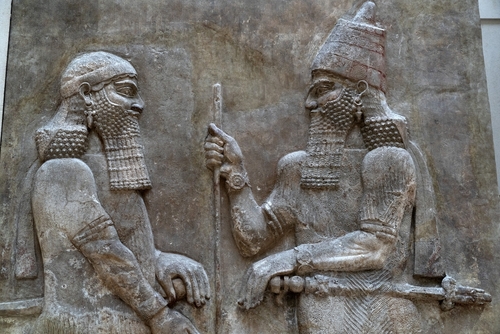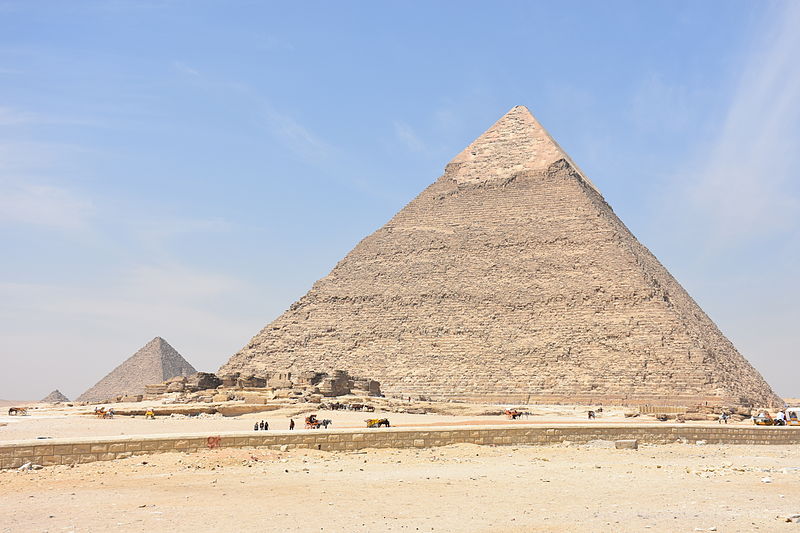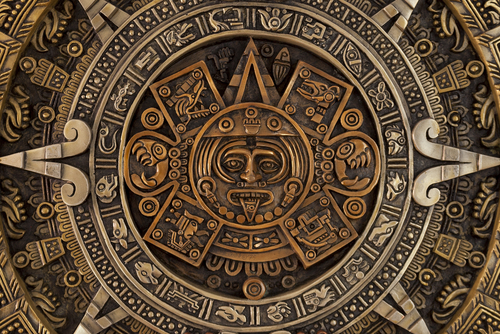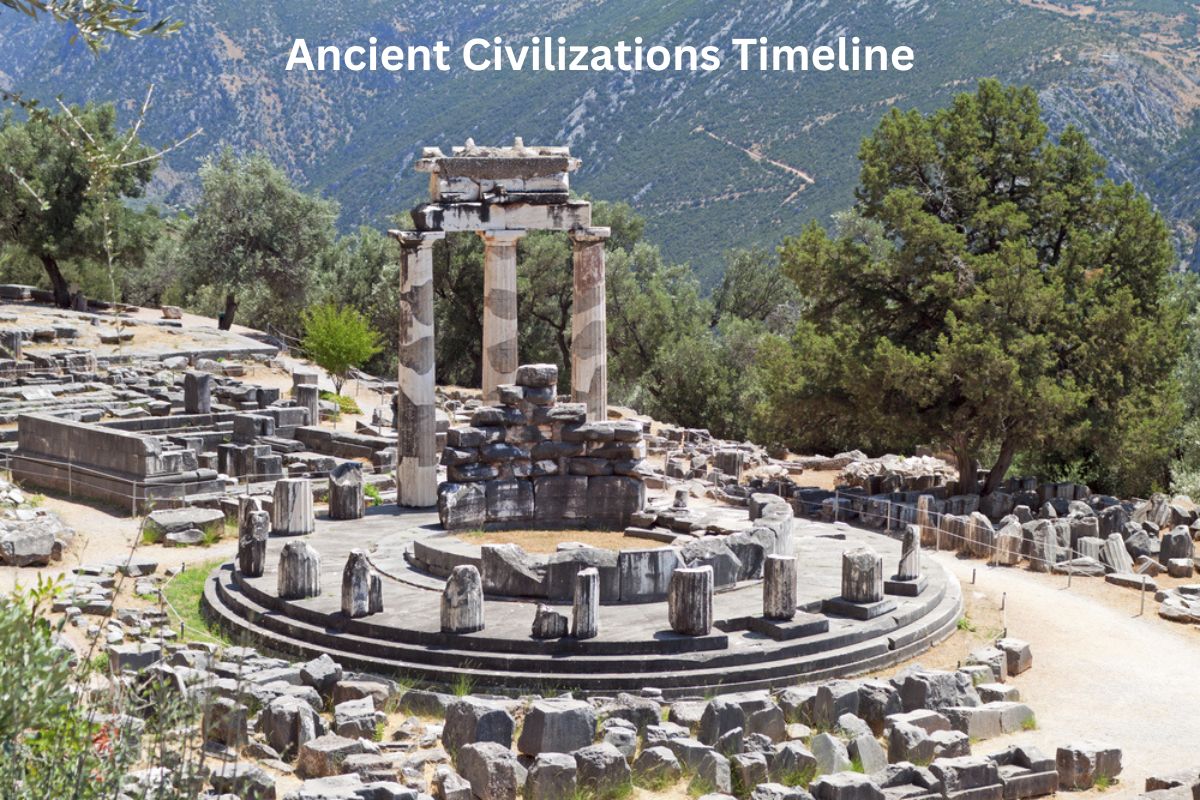Ancient civilizations were the cradles of human progress, each representing unique achievements in art, science, governance, and culture. Spanning diverse geographical regions and time periods, these civilizations laid the foundation for modern society.
From the monumental pyramids of Egypt to the philosophical debates of Greece, the administrative brilliance of Rome, the mystique of Maya cities, and the grandeur of empires like Persia, they reflect the ingenuity, complexity, and resilience of early human societies.
Also Read: Timeline of Empires
Through their innovations and legacies, ancient civilizations continue to captivate our imagination and shape our understanding of the past.
| Civilization | Time Period |
|---|---|
| Mesopotamia | |
| – Sumerian Civilization | 4th millennium BCE – 2nd millennium BCE |
| – Akkadian Empire | 24th century BCE – 22nd century BCE |
| – Babylonian Empire | 18th century BCE – 6th century BCE |
| – Assyrian Empire | 25th century BCE – 7th century BCE |
| Ancient Egypt | |
| – Early Dynastic Period | 31st century BCE – 27th century BCE |
| – Old Kingdom | 27th century BCE – 22nd century BCE |
| – Middle Kingdom | 21st century BCE – 17th century BCE |
| – New Kingdom | 16th century BCE – 11th century BCE |
| Indus Valley Civilization | |
| – Mature Indus Valley Civ. | 26th century BCE – 19th century BCE |
| Ancient China | |
| – Xia Dynasty | 21st century BCE – 17th century BCE |
| – Shang Dynasty | 17th century BCE – 11th century BCE |
| – Zhou Dynasty | 11th BCE – 3rd century BCE |
| – Qin Dynasty | 3rd century BCE – 2nd century BCE |
| – Han Dynasty | 3rd century BCE – 3rd century CE |
| Ancient Greece | |
| – Mycenaean Civilization | 17th century BCE – 11th century BCE |
| – Archaic Period | 8th century BCE – 6th century BCE |
| – Classical Period | 5th century BCE – 4th century BCE |
| – Hellenistic Period | 4th century BCE – 1st century BCE |
| Ancient Rome | |
| – Roman Kingdom | 8th century BCE – 5th century BCE |
| – Roman Republic | 5th century BCE – 1st century BCE |
| – Roman Empire | 1st century BCE – 5th century CE |
| Persian Empire | |
| – Achaemenid Empire | 6th century BCE – 4th century BCE |
| – Parthian Empire | 3rd century BCE – 3rd century CE |
| – Sassanian Empire | 3rd century CE – 7th century CE |
| Maya Civilization | |
| – Preclassic Period | 2000 BCE – 250 CE |
| – Classic Period | 250 CE – 900 CE |
| Aztec Empire | 14th century CE – 16th century CE |
| Inca Empire | 15th century CE – 16th century CE |
Timeline of Ancient Civilizations
1. Mesopotamia
Mesopotamia, often referred to as the “cradle of civilization,” is located between the Tigris and Euphrates rivers in present-day Iraq. It was home to several remarkable civilizations over the millennia.
Also Read: Historic Eras Timeline
- Sumerian Civilization (4th to 2nd millennium BCE): The Sumerians are credited with creating one of the world’s earliest urban societies. They established city-states in southern Mesopotamia, each with its own patron deity and ruler. The Sumerians developed writing (cuneiform), built ziggurats, practiced advanced agriculture, and developed a complex societal structure.
- Akkadian Empire (24th to 22nd century BCE): Founded by Sargon of Akkad, the Akkadian Empire was one of the first empires in history. Sargon conquered various city-states and united them under central rule. The empire was known for its administrative reforms and the spread of Akkadian as a lingua franca.
- Babylonian Empire (18th to 6th century BCE): The Babylonians, with their capital in Babylon, rose to prominence under Hammurabi, who enacted the famous Hammurabi’s Code, one of the earliest known legal codes. Babylonians contributed to astronomy, mathematics, and literature, with the Epic of Gilgamesh being a notable literary work.
- Assyrian Empire (25th to 7th century BCE): The Assyrians established a powerful empire in northern Mesopotamia. They are known for their impressive military campaigns, extensive use of siege warfare, and well-documented records on clay tablets. Their capital, Nineveh, was one of the world’s largest cities at the time.

2. Ancient Egypt
Located along the Nile River in northeastern Africa, ancient Egypt is known for its rich cultural heritage and monumental architecture.
- Early Dynastic Period (31st to 27th century BCE): The early phases of Egyptian civilization saw the unification of Upper and Lower Egypt under the rule of Narmer. Hieroglyphic writing and monumental construction began during this time.
- Old Kingdom (27th to 22nd century BCE): The Old Kingdom is famous for the construction of the pyramids at Giza. It was a period of centralized power and grand monumental projects, but it eventually experienced decline and decentralization.
- Middle Kingdom (21st to 17th century BCE): The Middle Kingdom marked a period of reunification and cultural revival. The pharaohs focused on improving infrastructure and connecting with their subjects.
- New Kingdom (16th to 11th century BCE): The New Kingdom saw Egypt’s territorial expansion, military successes, and the construction of famous temples like Karnak and Luxor. Pharaohs like Hatshepsut and Ramses II left lasting legacies.

3. Indus Valley Civilization
The Indus Valley Civilization, also known as the Harappan Civilization, existed in the Indus River Valley in what is now Pakistan and northwestern India.
- Mature Indus Valley Civilization (26th to 19th century BCE): This civilization is characterized by well-planned cities like Mohenjo-daro and Harappa, advanced drainage systems, standardized weights and measures, and a script that remains undeciphered.
4. Ancient China
China’s history is marked by a series of dynasties and cultural achievements that have had a profound impact on the world.
- Xia Dynasty (21st to 17th century BCE): The Xia Dynasty is considered the earliest in Chinese history, but much of its information is surrounded by mythology. It’s believed to have established early forms of Chinese culture and governance.
- Shang Dynasty (17th to 11th century BCE): The Shang Dynasty is known for its oracle bone script, which provides valuable insight into early Chinese writing. It was a period of urbanization, bronze metallurgy, and religious practices.
- Zhou Dynasty (11th to 3rd century BCE): The Zhou Dynasty is divided into Western Zhou and Eastern Zhou. It’s known for the “Mandate of Heaven” concept, which justified the rise and fall of dynasties. The era saw advancements in philosophy (Confucianism, Daoism), iron production, and administrative systems.
- Qin Dynasty (3rd to 2nd century BCE): The Qin Dynasty united China under centralized rule, standardized writing, measurements, and coinage. It’s famous for building the Great Wall of China and the Terracotta Army.
- Han Dynasty (3rd century BCE to 3rd century CE): The Han Dynasty saw the expansion of the Chinese empire, the Silk Road trade network, and cultural achievements like papermaking, the seismoscope, and Confucianism becoming the state ideology.
5. Ancient Greece
Ancient Greece laid the foundation for Western civilization with its contributions to philosophy, democracy, art, and more.
- Mycenaean Civilization (17th to 11th century BCE): Known for the epic poetry of Homer, the Mycenaeans were skilled in architecture and had a warrior-focused society.
- Archaic Period (8th to 6th century BCE): This period witnessed the emergence of city-states (polis), colonization, and the development of early Greek art and literature.
- Classical Period (5th to 4th century BCE): The pinnacle of Greek culture, with the flourishing of democracy in Athens, monumental architecture like the Parthenon, and the works of philosophers like Socrates, Plato, and Aristotle.
- Hellenistic Period (4th to 1st century BCE): Following the conquests of Alexander the Great, Greek culture spread across a vast empire. This era saw a blending of Greek and local traditions, advances in science, and the rise of Hellenistic kingdoms.

6. Ancient Rome
Ancient Rome’s legacy includes its impressive architecture, legal systems, and cultural contributions.
- Roman Kingdom (8th to 5th century BCE): The legendary period of Rome’s founding by Romulus and Remus. It was a monarchy before transitioning to a republic.
- Roman Republic (5th to 1st century BCE): The republic established a system of checks and balances, the Senate, and rule of law. It saw the Punic Wars and the rise of Julius Caesar.
- Roman Empire (1st century BCE to 5th century CE): The empire’s peak was marked by Pax Romana, a time of relative stability and prosperity. The emperors Augustus, Trajan, Hadrian, and Marcus Aurelius left significant legacies. Christianity emerged during this period, eventually becoming the state religion.
7. Persian Empire
The Persian Empire, also known as the Achaemenid Empire, was a significant empire in ancient history, encompassing a vast territory.
- Achaemenid Empire (6th to 4th century BCE): Founded by Cyrus the Great, the empire was known for its administrative efficiency, tolerance of diverse cultures, and extensive road systems (Royal Road). Darius the Great standardized coinage and established the Behistun Inscription.
- Parthian Empire (3rd century BCE to 3rd century CE): A Persian dynasty that emerged after the fall of the Seleucids. The Parthians excelled in cavalry warfare and maintained a long conflict with the Roman Empire.
- Sassanian Empire (3rd to 7th century CE): The Sassanians reestablished Persian rule after the Parthians. They were known for their grand architecture, including the palace at Ctesiphon, and engaged in conflicts with the Byzantine Empire.
8. Maya Civilization
The Maya Civilization flourished in Mesoamerica and is renowned for its advanced mathematics, writing system, and monumental architecture.
- Preclassic Period (2000 BCE to 250 CE): During this time, Maya communities established the foundation of their civilization, developing agriculture, pottery, and trade networks.
- Classic Period (250 to 900 CE): The height of Maya culture, characterized by the construction of grand cities like Tikal, Copán, and Palenque. They developed a hieroglyphic writing system and elaborate calendar.

9. Aztec Empire
The Aztec Empire, also known as the Mexica Empire, was a powerful Mesoamerican civilization with a rich cultural and religious tradition.
- 14th to 16th century CE: The Aztecs established their capital city, Tenochtitlan, on an island in Lake Texcoco. They practiced agriculture, trade, and built impressive temples and pyramids. Their society was organized around military and religious institutions.
10. Inca Empire
The Inca Empire, centered in the Andes Mountains of South America, is known for its remarkable architecture and administrative systems.
- 15th to 16th century CE: The Inca Empire was ruled by a divine emperor, the Sapa Inca. They built an extensive road network, including the famous Inca Trail, and their capital, Cusco, was a major cultural and political center. Machu Picchu is a famous archaeological site associated with the Inca civilization.
These ancient civilizations left a lasting impact on history, contributing to various fields like architecture, engineering, governance, art, and culture. Each empire faced unique challenges and achieved notable accomplishments, contributing to the rich tapestry of human history.
